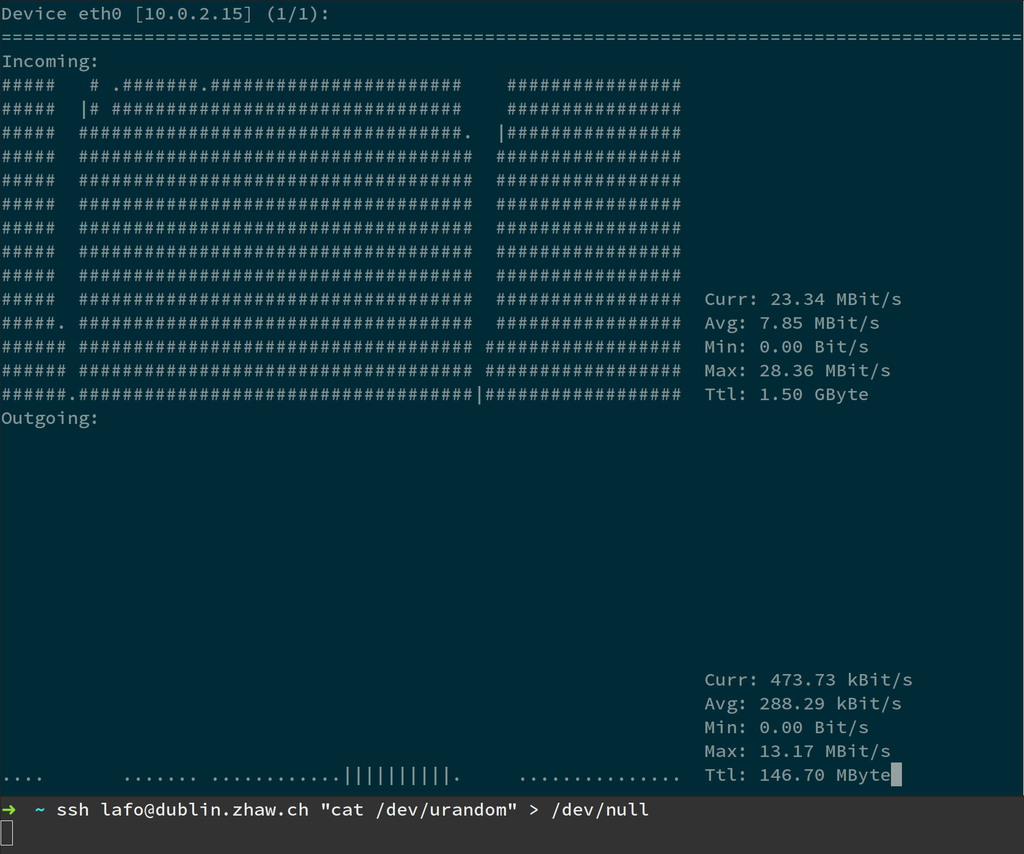Use Emacs for mass renaming of files (instead of vidir)
You might be familiar with the great vidir utility which allows editing of contents of a directory in a text editor. This is a great concept, because editors are great at text manipulation - which in turn yields more efficiency for mass renaming/moving/deletion than typing commands in a shell or using a GUI. vidir is a great tool, there’s no argument to be had - it’s even completely decoupled from the actual $EDITOR used. If you’re using Debian, it’s contained in the moretools package (which has other helpful utilities).
However, if you’re using Emacs as your editor, there’s no...



